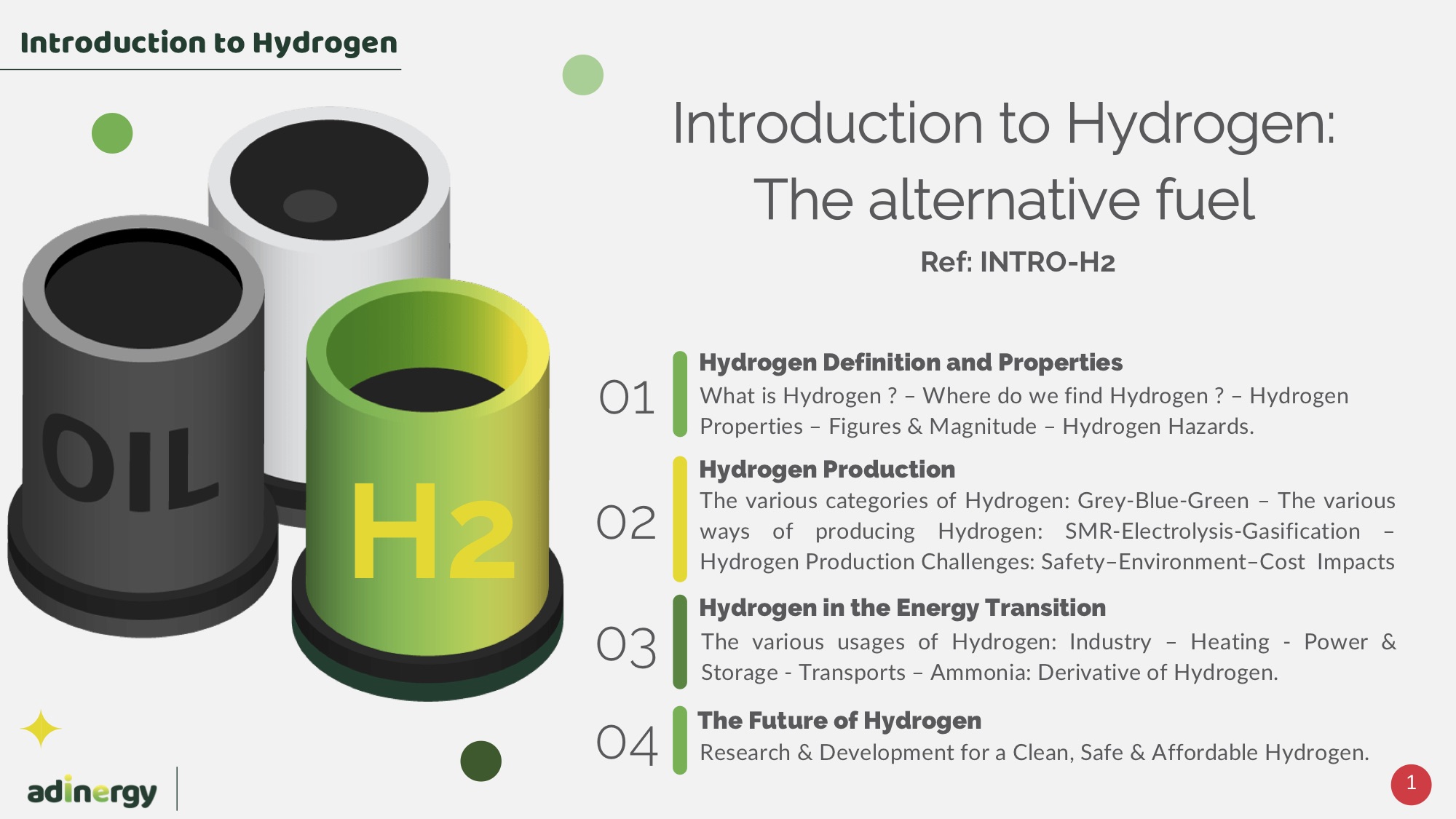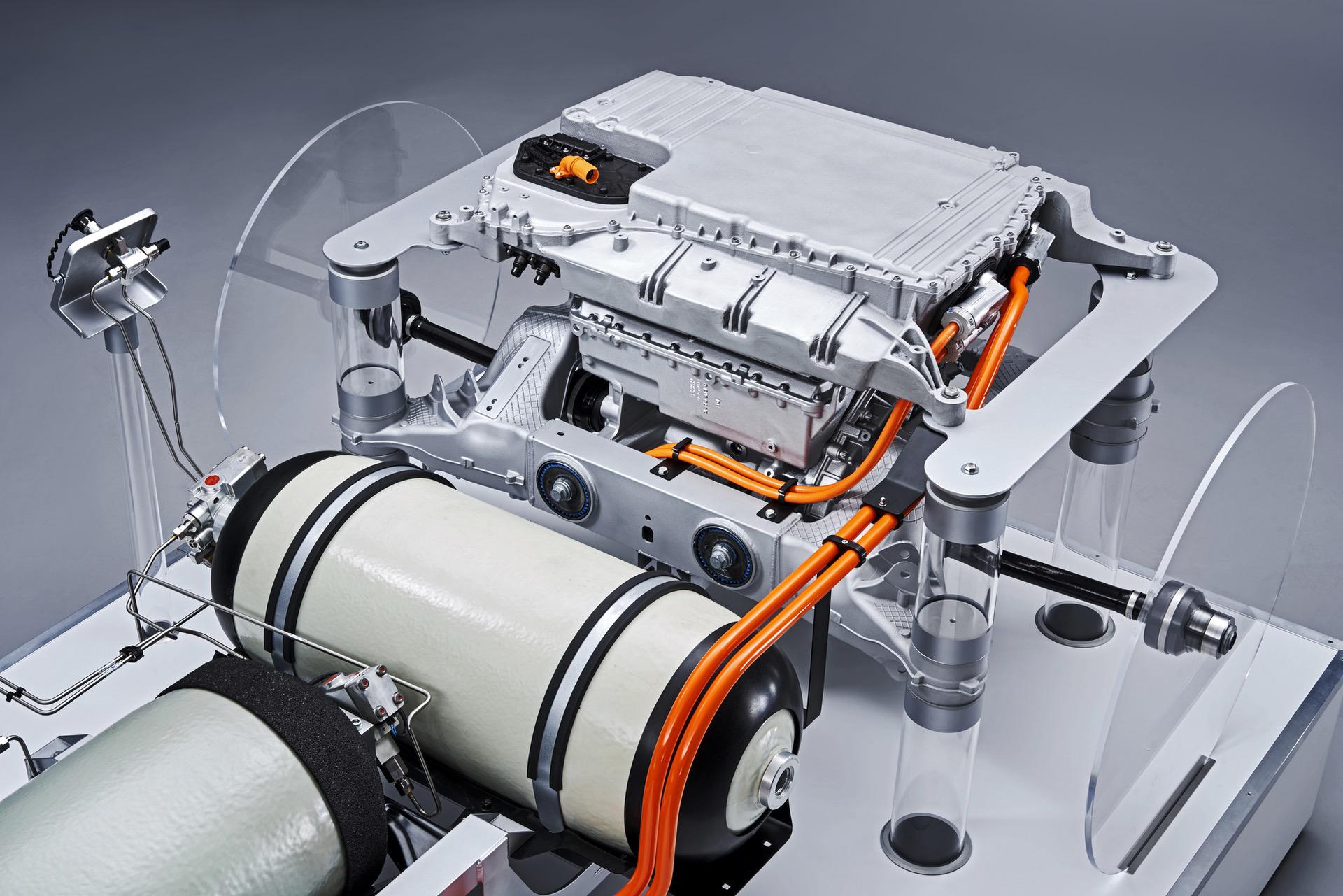

So, it’s places in the world where we can get relatively cheap energy and then produce (hydrogen). “The availability of ability of cheap energy to produce the hydrogen potentially to produce the SAF or just to be used directly is going be the key. Hydrogen can be produced in a number of ways but is only emission-free if made via electrolysis from renewable energy, so-called green hydrogen. While Reynolds sees the immediate option for decarbonising aviation in SAFs, he says: “We believe it (SAF) is potentially still not enough.” Especially when looking at the kind of abundance required to cover current demand.ĭavid Morgan, head of Flight Operations at EasyJet agrees: “Yeah, availability of SAF is an issue.” EasyJet is already blending small percentages of SAFs in flights today, as are other airlines such as KLM.

The head of the Airbus ZEROe unit is not just involved in hydrogen fuel cell aircraft but has been working on fuel efficiency in aviation for 30 years. But there was also agreement that the associated challenges are great and require joint efforts worldwide.”Īndy Reynolds of Airbus confirmed this statement when speaking to us at the Reuters hydrogen conference in Amsterdam.
Hydrogen fuel series#
Hydrogen is key to all low-emission solutionsįollowing the series of panel discussions on the future of aviation at the ILA, their press office surmised at the end of the show: “All participants in the panel on hydrogen at the ILA Future Lab agreed: hydrogen has what it takes to make aviation climate-neutral. This is not entirely emission-free and comes with its own challenges. So far, the only viable non-fossil fuel option for intercontinental flights is hydrogen combustion engines – which is what NASA has been using for years to send rockets into space. While SAF and hydrogen fuel cells are both viable for regional flights, some planes still need to travel further. These use hydrogen in gaseous form, but much higher energy density can be achieved with liquid hydrogen, which requires cryogenic tanks to store the hydrogen at extremely low temperatures, sometimes at -253 degrees Celsius.

The only zero-emission solution for larger regional passenger aircraft is currently hydrogen fuel cell electric propulsion systems. Even so, these fuel types are generally not considered feasible in the kind of abundance required to cover current demand. Hydrogen plays a role here: While bio SAF is made from left-over oils, such as cooking fat, hydrogen feedstock can be used for synthetic SAF, which is already being blended into kerosine fuel and used by, for example, KLM in the Netherlands. Synthetic and biofuels – called Sustainable Aviation Fuel (SAF) – will theoretically be able to power regional aircraft, but here, more development is required to have aircraft running on 100% SAF, as well as to remove the remaining CO2 and toxic emissions.

Due to the required energy density to get aircraft off the ground, these are only considered feasible for smaller, local aircraft. To understand where hydrogen fuel cell technology fits in, it is prudent to give a very quick and broad overview of non-fossil fuel options:īattery electric aircraft are already in use. In short, there is no single solution to aviation without fossil fuels. We caught up with Andy Reynolds, Head of ZEROe, the hydrogen program at Airbus, and experts from ZeroAvia at the Reuters Hydrogen conference in Amsterdam, as well as start-ups working on new solutions presenting at Germany’s largest aviation trade show, the ILA, in Berlin.Īlthough experts agree that hydrogen is key to all low-emission solutions beyond small, local flights, all of these options are only optimal for some sections of the industry, and all of them face big challenges before they become commercially viable – so it’s complicated. With increasing fuel prices and climate change, the aviation industry is having to look at life after fossil fuels but is facing a particularly tough challenge – passenger aircraft needs to be light and very safe, and what about longer distances? We asked aviation insiders where hydrogen fits in.


 0 kommentar(er)
0 kommentar(er)
